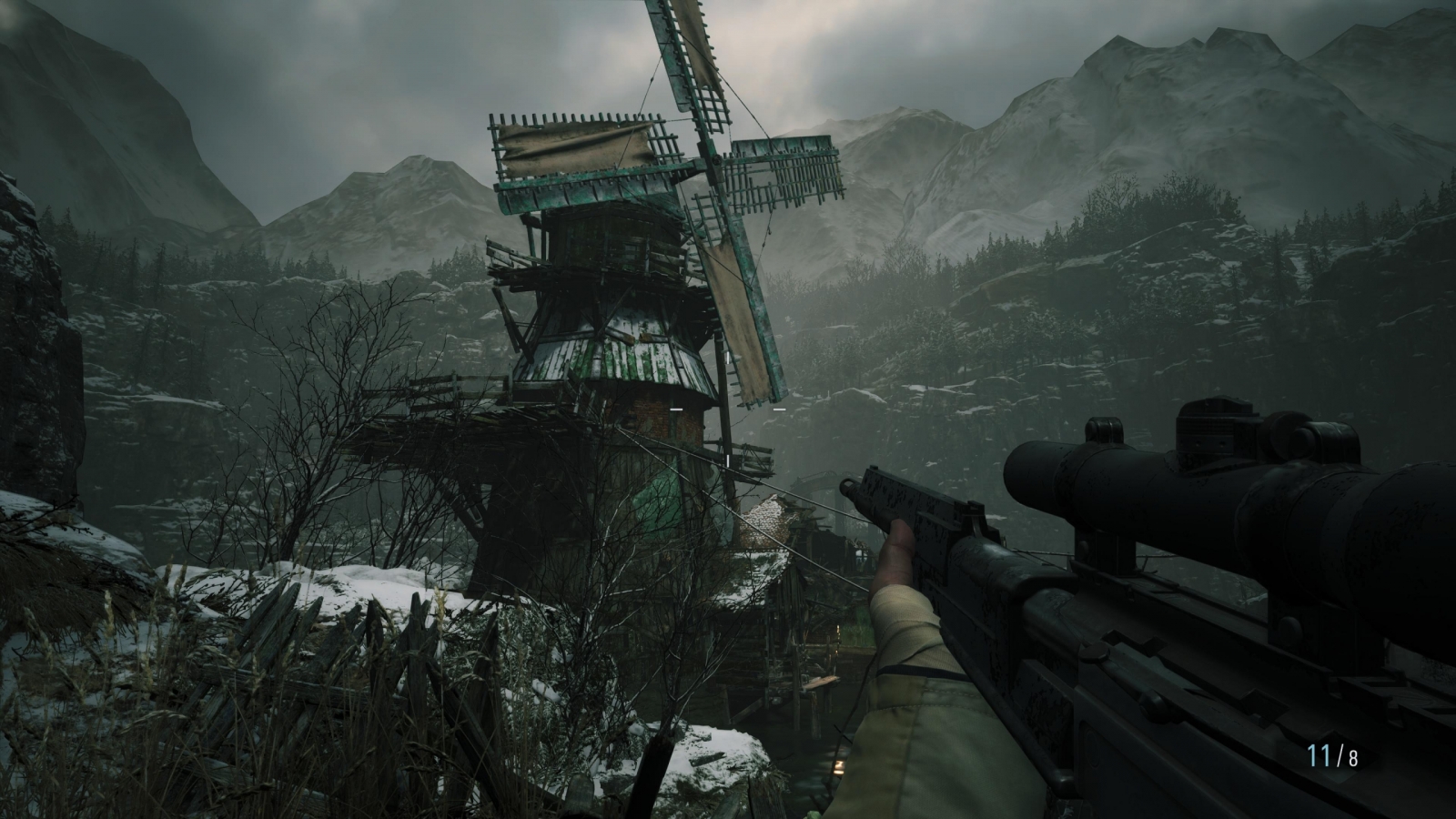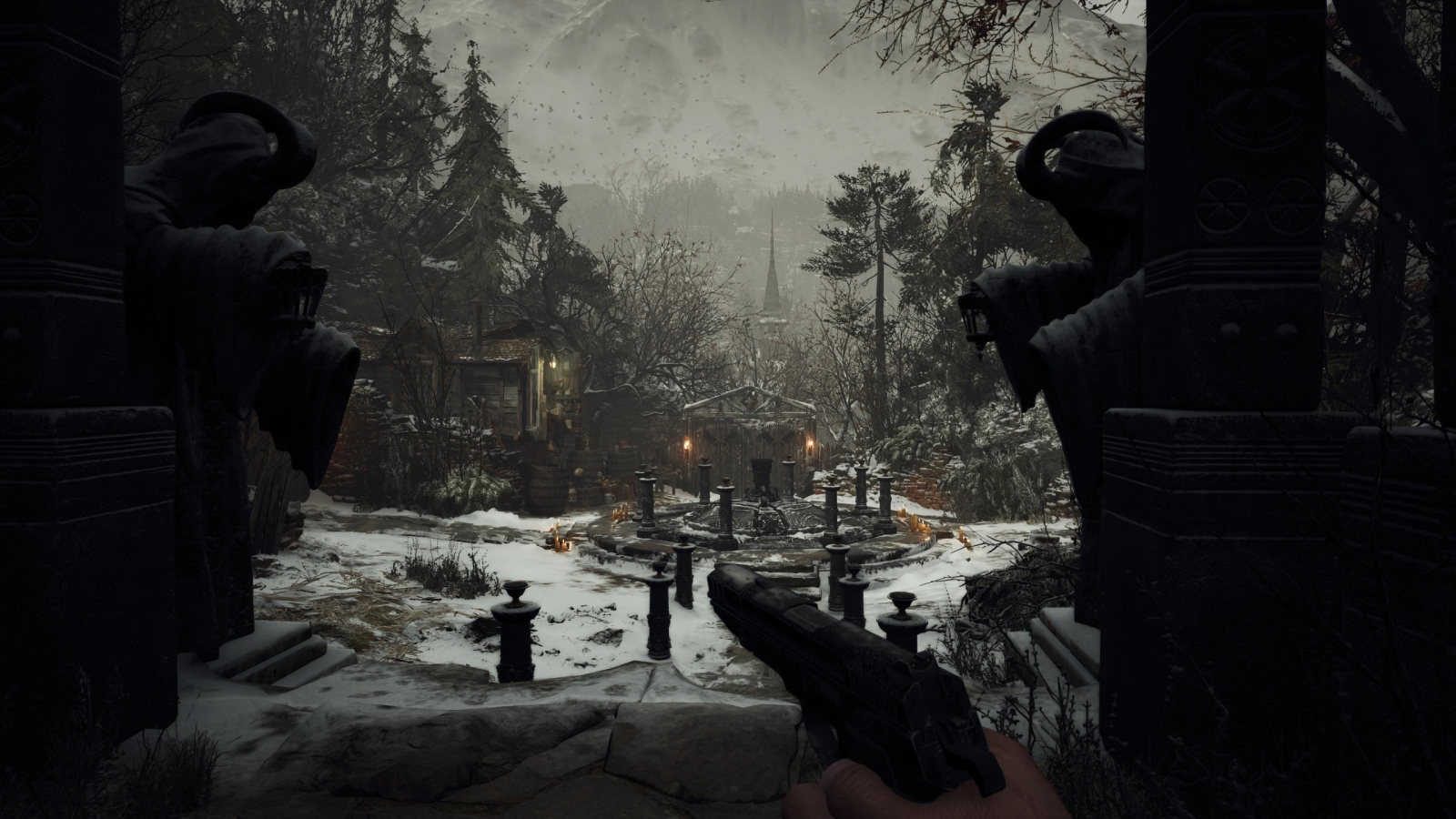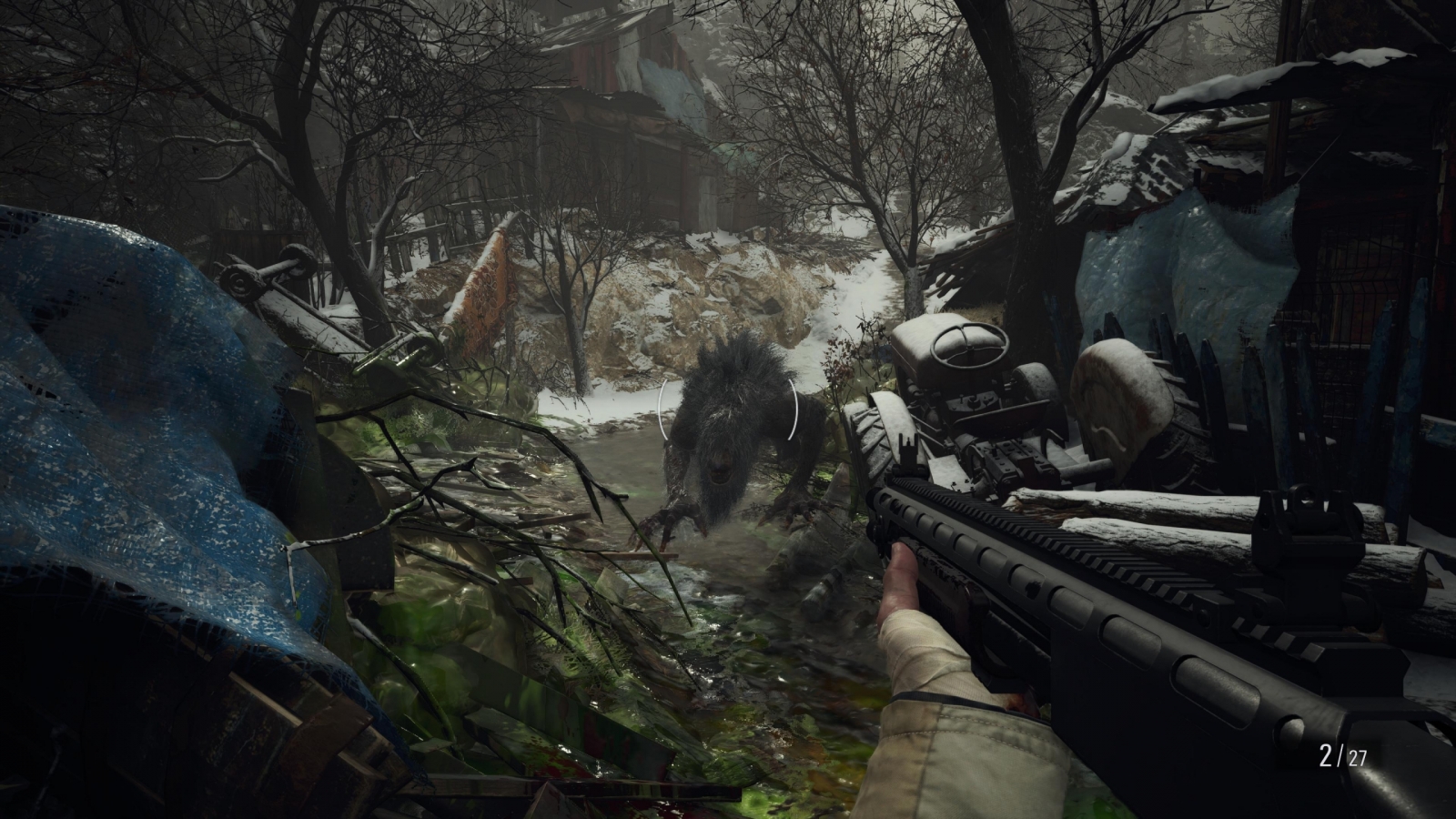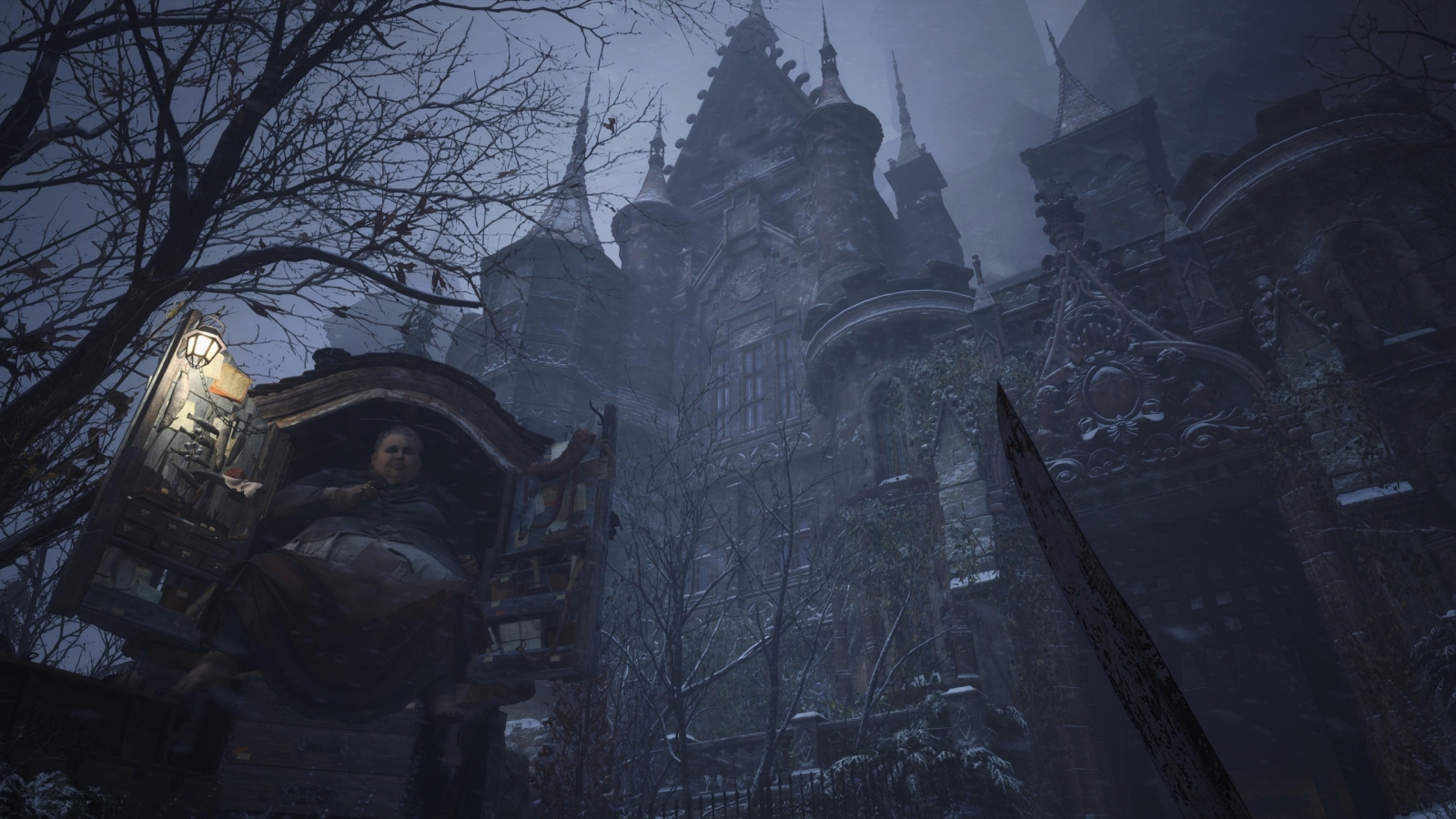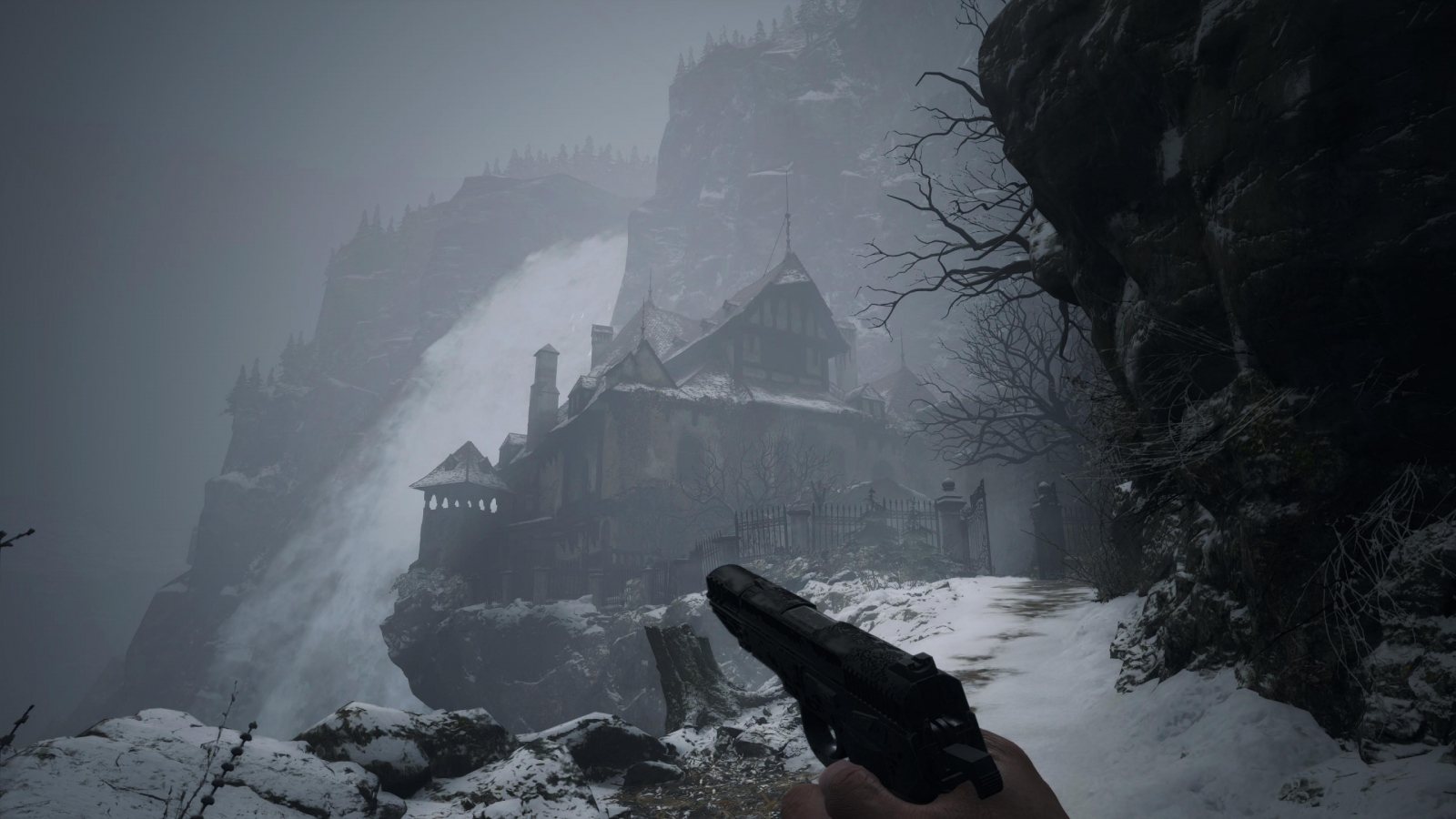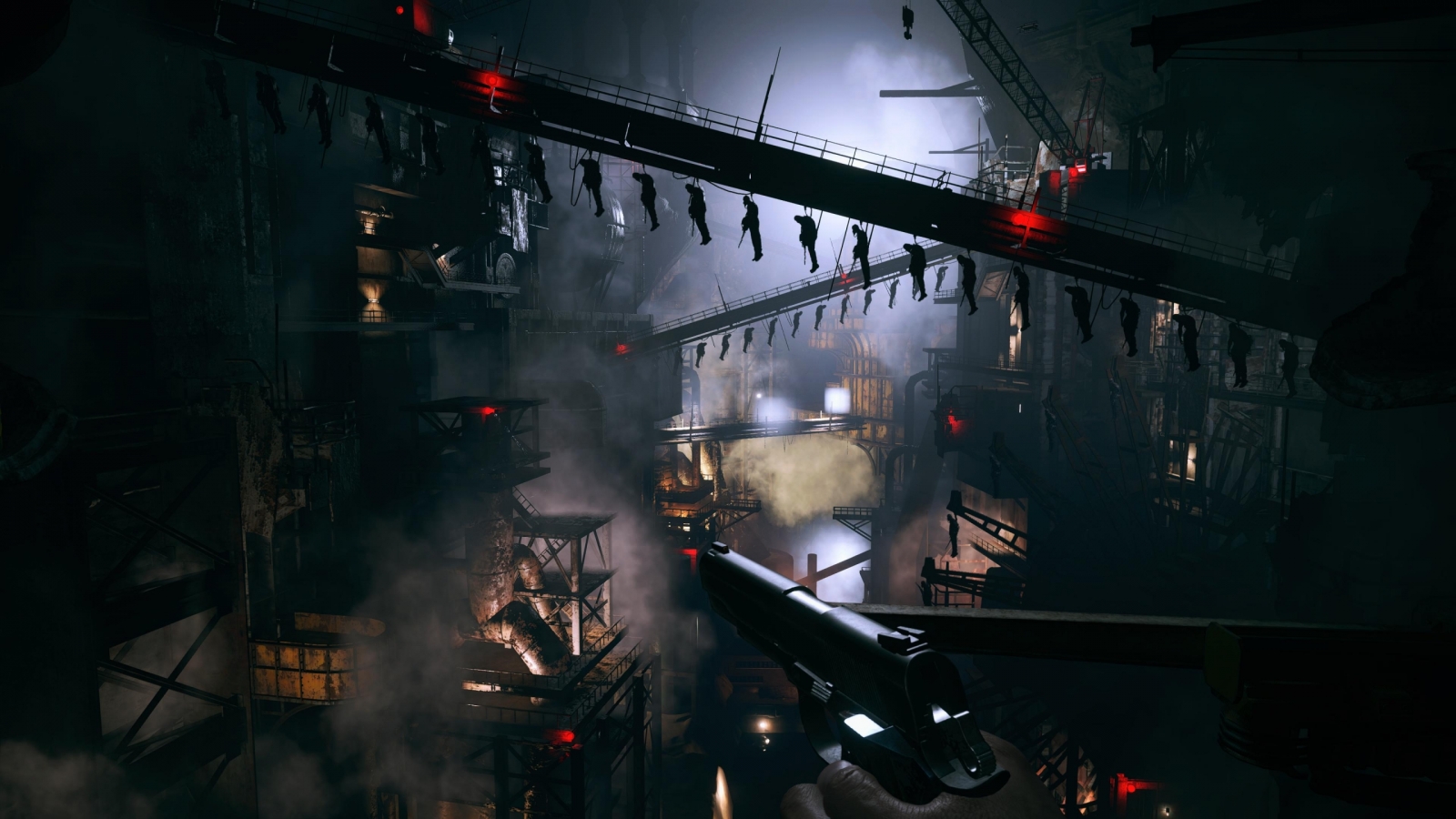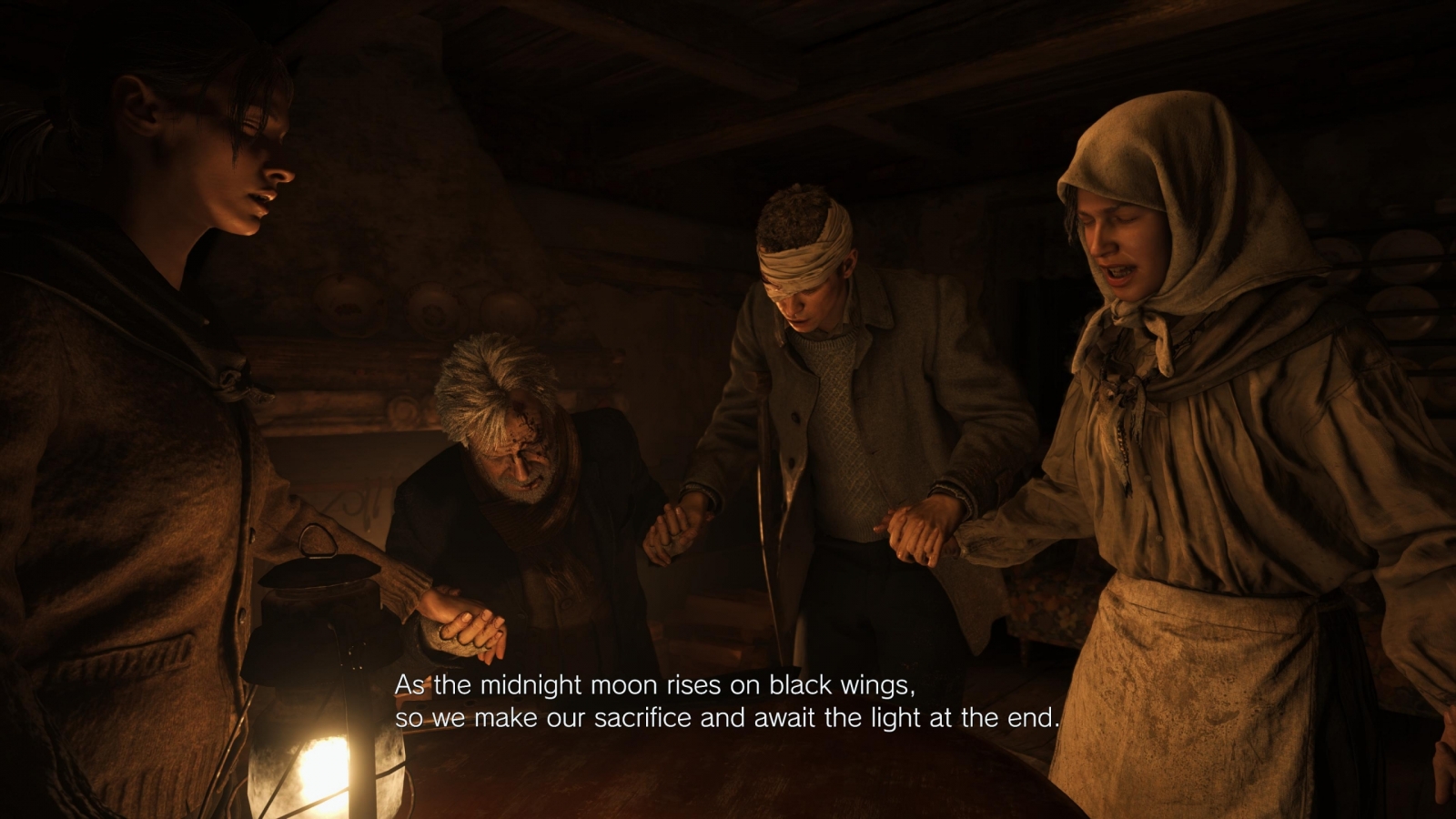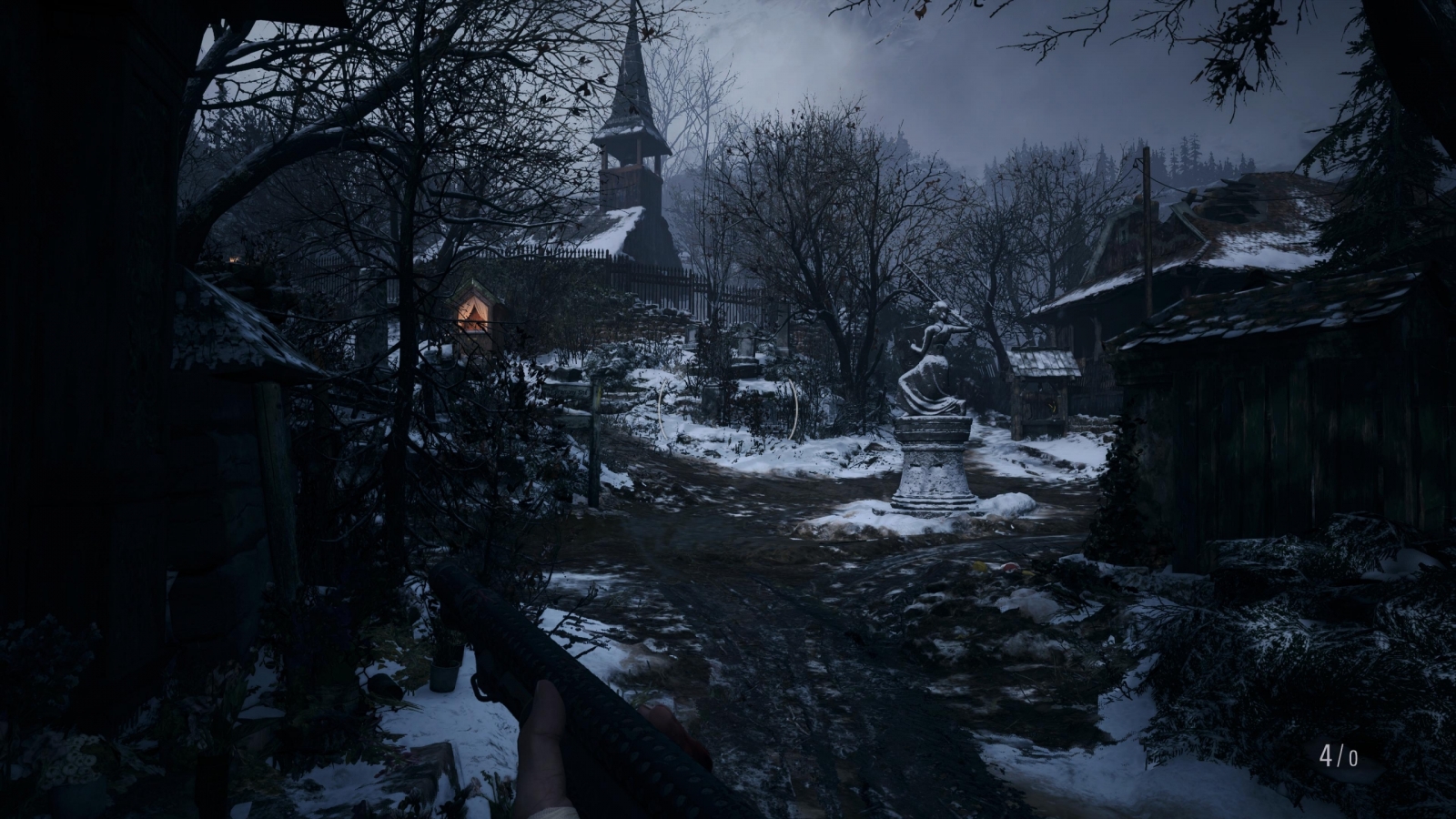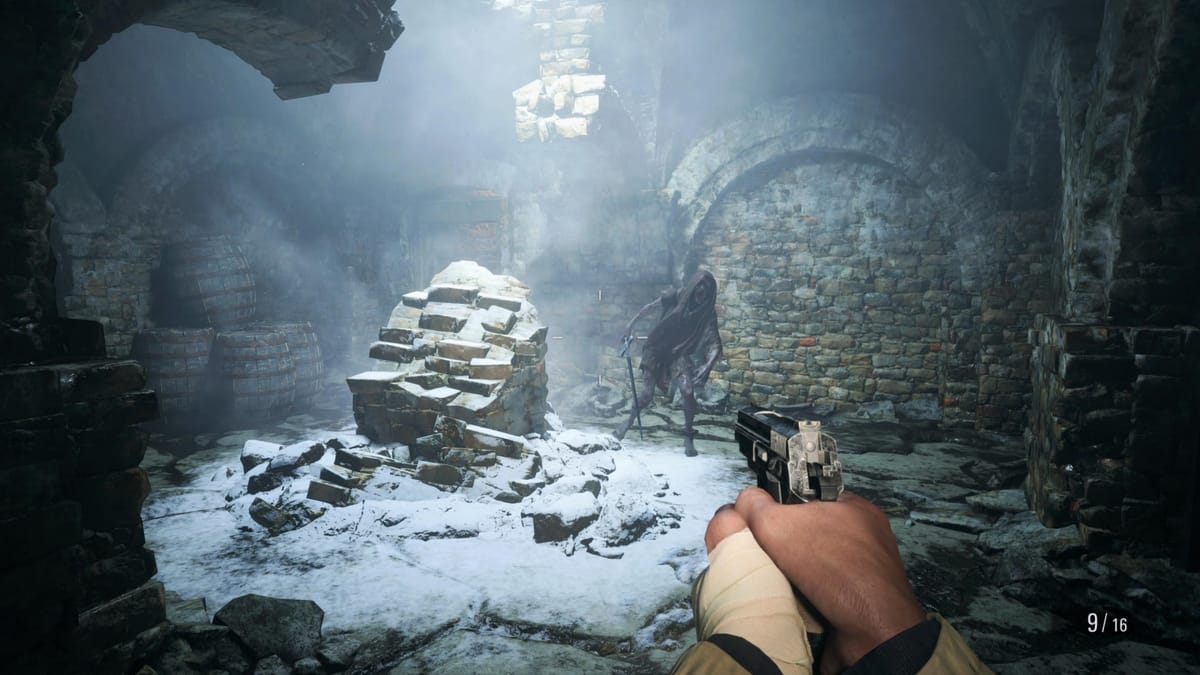
I’ll be the first to admit that I had extreme reservations when I first learned that the Resident Evil series was switching to a first person perspective. I struggled believing that the core gameplay loop of the Resident Evil series would be retained with such a drastic perspective change and held off playing Biohazard for a couple of years. Thankfully, when I finally talked myself into giving RE7 a try, I realized that many of my fears were unfounded. RE7 not only retained what made the series special despite the perspective change, but was genuinely frightening throughout its entire campaign.
As a huge fan of the series, I had awaited every entry with anticipation since I first laid eyes on a playable PlayStation 1 demo of the original Resident Evil outside a game store in a now defunct mall. RE7 was the first time I hadn’t felt excited for a new Resident Evil entry, but I’m glad to say that after getting over my short-sightedness and giving the game a try, I was back to eagerly awaiting the release of Resident Evil Village, which looked to be the perfect combination of RE7 and previous entries.
Picking up where RE7 ended, players are once again put in control of Ethan Winters, who now lives in England with Mia and his daughter Rose after being relocated by Chris Redfield after the events in Louisiana. The story begins with a beautifully animated fairy tale opening which segues into Ethan’s new life as he and Mia are preparing to put Rose to bed. Of course, the night doesn’t go as planned as the house is assaulted, Mia is murdered, Rose is kidnapped, and Ethan wakes up outside alone, surrounded by wreckage.What follows is one of Resident Evil’s most insane stories, and I absolutely adored every moment of it. I’ll try my best to spoil as little of the story as I can in this review.
Village plays similar to Biohazard, except with a much larger open world to explore – but we will get into that in a few. The core aspects of Resident Evil remain, yet this time the game is filled with callbacks to previous entries.
After gathering his bearings, Ethan begins to learn about the mysterious village he has woken up in. He quickly discovers that his daughter is somewhere in the town, taken by an evil entity named Mother Miranda who once protected the villagers, but now seems to have abandoned them. To survive and find Rose, Ethan must defeat Mother Miranda and her four Lords, each of which are imbued with special abilities.
The four Lords consist of Alcina Dimitrescu, made famous long before release by millions of memes, who oversees Castle Dimitrescu alongside her three daughters Bela, Cassandra, and Daniela. Karl Heisenberg, a man with a penchant for extreme violence, imbued with the ability to control metal. Donna Beneviento, a lonely woman who has latched on to her doll Angie, which seems to have the ability to move and speak on its own. Finally, we have Salvatore Moreau, a half man, half fish creature who is more at home in the water than on land.
These four Lords are what provides Village with such a unique feel from other entries in the series, while allowing this entry to pull elements from many of the previous games. Your time in Castle Dimitrescu is reminiscent of your time in the police station in RE2, as Dimitrescu and her daughters are constant threats. Lady Dimitrescu is essentially Mr. X; able to one shot you at higher difficulties and unable to be hurt, while her daughters appear when least expected and will give chase for long periods of time.Donna Beneviento’s house forces players to use their wits to survive, rather than weapons, and features one of the tensest situations you are forced to endure throughout the campaign.Salvatore Moreau’s area takes players through an abandoned mine and a large outdoor arena in a fast paced puzzle/chase sequence which ends with a large boss battle.Finally, Karl Heisenberg’s area spans multiple sections including a huge factory full of half machine/half human monstrosities and features much faster paced action sequences far more reminiscent of Resident Evil 4 than more recent entries.
Speaking of Resident Evil 4, Village also brought back a merchant, this time in the form of The Duke. A mysterious wanderer who seems to have access to every area you visit but is ignored by the Lords. The Duke allows you to purchase new weapons, upgrade your current weapons, purchase ammo and other items, and upgrade both your defense and health permanently by cooking you meals from the ingredients you collect during the campaign.
Yes, you read the right – in Village you get to hunt and fish, sort of – If your idea of hunting and fishing is taking a shotgun and blowing away every animal you encounter. I was afraid when I learned of the hunting aspect as I thought the game would end up bogged down by long periods of gathering materials to craft, but in keeping with the spirit of Resident Evil it is really more of a side quest. It is something relatively quick and easy to do if you want to find the materials necessary to gain permanent upgrades, and doesn’t get bogged down in making you use a fishing pole or traps; instead you just use your weapon of choice and attack just like any other enemy.
Thankfully your map proves to be extremely handy in navigating the often confusing village and provides you with the locations of animals and fish which you can collect. The map will update itself as you explore and will label all items and doors that you find, but cannot unlock or use at the moment. Additionally, areas will show up as red when there are still items to discover and will switch to blue once all items have been found. This is incredibly helpful for completionists, or just for those who end up lost and unsure of where to go next – odds are heading to a red area will help you find the way forward.
Organizing your inventory has been a Resident Evil staple since its inception and this entry is no different, although they have done away with the inventory box which in previous entries allowed you to place items inside and then have access to them from any safe room. Instead, you have a much larger inventory which still can be overwhelmed if you do not purchase the upgrades or discard any weapons you don’t plan on using. I didn’t miss the safe room inventory boxes until near the end because I am a weapon hoarder and wanted to keep the early weapons on hand even though I had long replaced them long ago with upgraded versions.
In addition to the upgraded inventory system, crafting items are now separated into their own area, meaning they will no longer take up space in your inventory. Herbs, gunpowder, and the various other ingredients collected during your playthrough will all show up on a crafting menu, where you can create first aid medicine, ammo, mines, pipe bombs, and other items on the fly during your adventure. As you progress, more recipes for crafting can be purchased from The Duke. If you’d rather not deal with crafting then you can just purchase ammo from The Duke instead, but crafting is so quick and easy it really is a lifesaver during some of the larger set pieces.
While many aspects of Village are exceptional, the entry does have an issue with boss battles feeling quite contrived and almost boring. The lead up to boss fights is normally tense and exhilarating, only to end up in a fight reminiscent of all previous entries where the only goal is to survive while shooting as many bullets at the enemy’s face as possible. Thankfully, most boss battles are short lived and are decently fun, despite not being all too memorable in the grand scheme of things.
There is also an issue with the pseudo open world you are given to explore. Namely, that you really can’t explore – not until the game wants you to. The game is surprisingly linear, although I don’t know why I expected different from a Resident Evil game and well, maybe that’s on me and my expectations. We’re used to linearity when confined to decrepit houses and sprawling mansions, but the linearity feels off when presented with such a seemingly large, open space to roam. Towards the end you do have the ability to roam just about anywhere, but by that point there is very little left to accomplish.
That said, the game is not nearly as lonely as previous entries. Aside from a few run-ins with Chris Redfield, you’ll also encounter multiple, well fleshed out townspeople, who despite essentially serving as story pieces, do help prevent the loneliness present in many other entries. I greatly enjoyed this aspect and hope that future entries will focus more on the people being affected by the phenomena happening in their area, rather than only entering areas once everybody is already dead.
As for replayability, there are a ton of reasons to give the campaign another go after completion. A new difficulty is unlocked, as well as challenge points (CP) which are then used to unlock new weapons, unlimited ammo, figures, concept art, and The Mercenary mode – which many may remember from RE4.
The Mercenaries is unlocked using only 10 CP, which my playthrough alone netted me well over 71,000 CP, so it is basically given to players upon beating the game. There are a ton of challenges, granting a wide range of CP for beating the game on various difficulties, beating bosses in specific time limits, taking down a certain amount of enemies with various guns, etc. These challenges are great for replays as you can base an entire section on say – using one specific weapon, or maybe throwing everything you have at a boss to finish it off quicker. I have loved the addition of CP since its original inception – there is no greater thrill than unlocking a grenade launcher with unlimited ammo and going to town on the game in its hardest setting.
For those curious map completionists, you will find numerous hidden areas and puzzles which hide extremely valuable items, weapon upgrades, or sometimes backstory and callbacks to previous entries. Finding access to a new path, taking a boat, and then finding a room in which I had to light an enemy on fire to solve a puzzle stands out as one of my strongest memories from my playthrough.
Also, I don’t normally talk about graphics, but I was blown away continuously by how great this game looks on the PS5. The lighting, the textures, and the scenery – it all looks fantastic. Every screen shot in this review was pulled directly from my playthrough. Plus, my favorite contribution of the new generation of consoles is the virtually non-existent load times. I can choose my load and be playing within a couple of seconds, which is INSANE.
While some may argue that Village is too action oriented rather than horror based, I believe the game found a nice balance between the two genres. Aside from the last hour or two where the game goes a bit too far into Call of Duty territory, it is still mainly a game of survival where you’ll find minimal resources, overwhelming odds, and must use your wits to survive.
Resident Evil Village
Excellent
Having multiple Lords to hunt and take down, each with their own unique territory and play style, greatly helps Village stand out from previous entries. Bringing back a merchant, giving hunting and fishing options, an upgraded inventory system, allowing the story to go absolutely off the rails, and switching the gameplay to be more action focused, even though I understand that may upset some players, all combined to help Village stand out from previous entries while still feeling unique. Upon completion I immediately spent my CP and hopped back into the campaign, the greatest compliment I can give any game. Village may very well be my new favorite entry in the series.
Pros
- Incredible graphics
- Large variety of gameplay elements
- Great mix of horror and fast paced action
- More focus on characters than previous entries
Cons
- Forgettable boss fights
- Not as open world as it pretends to be
- Last hour or two are a bit too action focused

